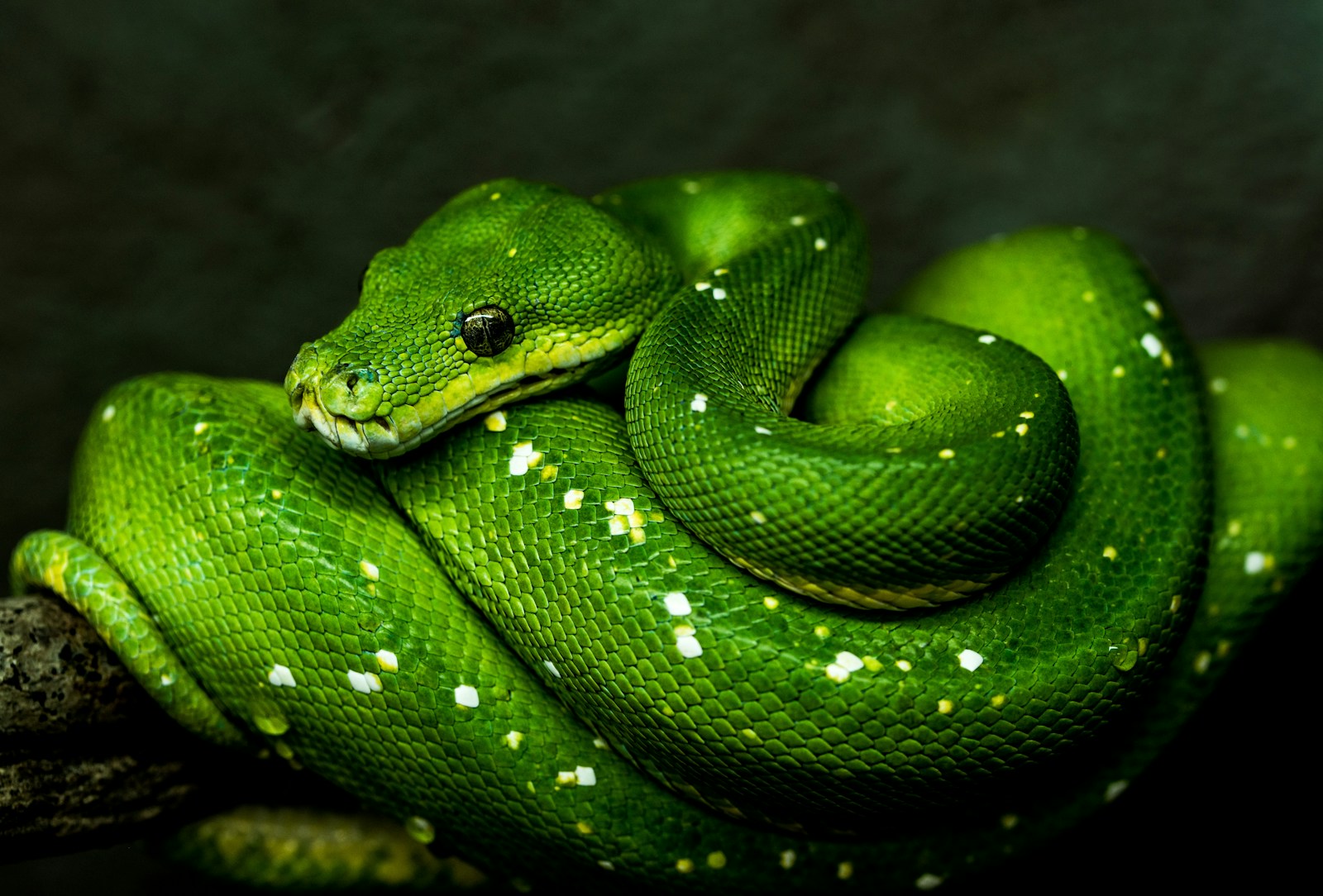The relationship between humans and snakes has fascinated cultures around the world for millennia. From religious symbolism to modern pet keeping, these legless reptiles continue to both terrify and captivate us. Within the reptile-keeping community, one observation stands out clearly: some snake species readily accept human handling, while others remain defensive or stressed despite years of captivity. This variation isn’t random, it stems from a complex interplay of evolutionary history, individual temperament, husbandry practices, and species-specific traits. Understanding these differences not only improves the welfare of captive snakes but also enhances the bond between reptile keepers and their serpentine companions.
Evolutionary History and Natural Behavior
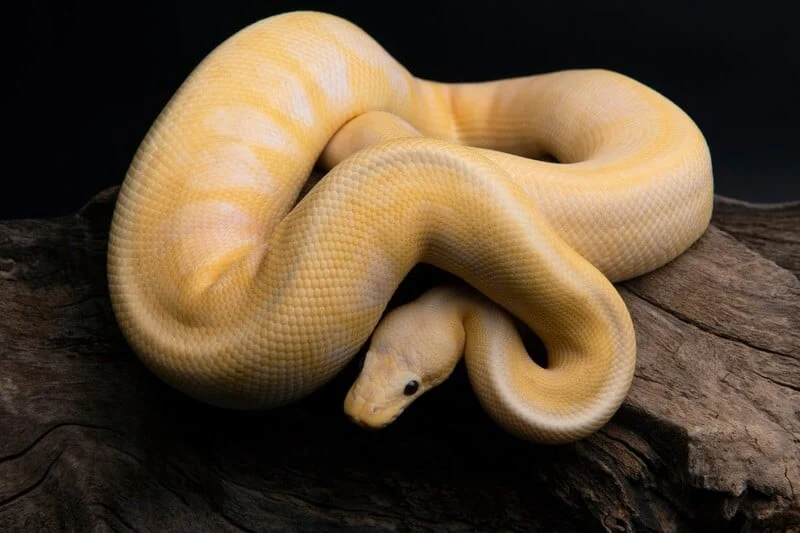
A snake’s tolerance for handling is deeply rooted in its evolutionary past and natural behaviors in the wild. Species that evolved as ambush predators, such as ball pythons, are inherently more sedentary and less reactive to being moved or touched compared to active hunters. These ambush predators naturally spend long periods remaining still, waiting for prey to approach, which translates to a more docile disposition in captivity. Conversely, actively foraging species like rat snakes evolved to be constantly on the move, making them naturally more reactive to environmental changes including handling. The defensive responses we observe during handling—striking, musking, or attempting to flee—are survival adaptations that served these animals well in their natural habitats for millions of years.
Species Temperament Differences
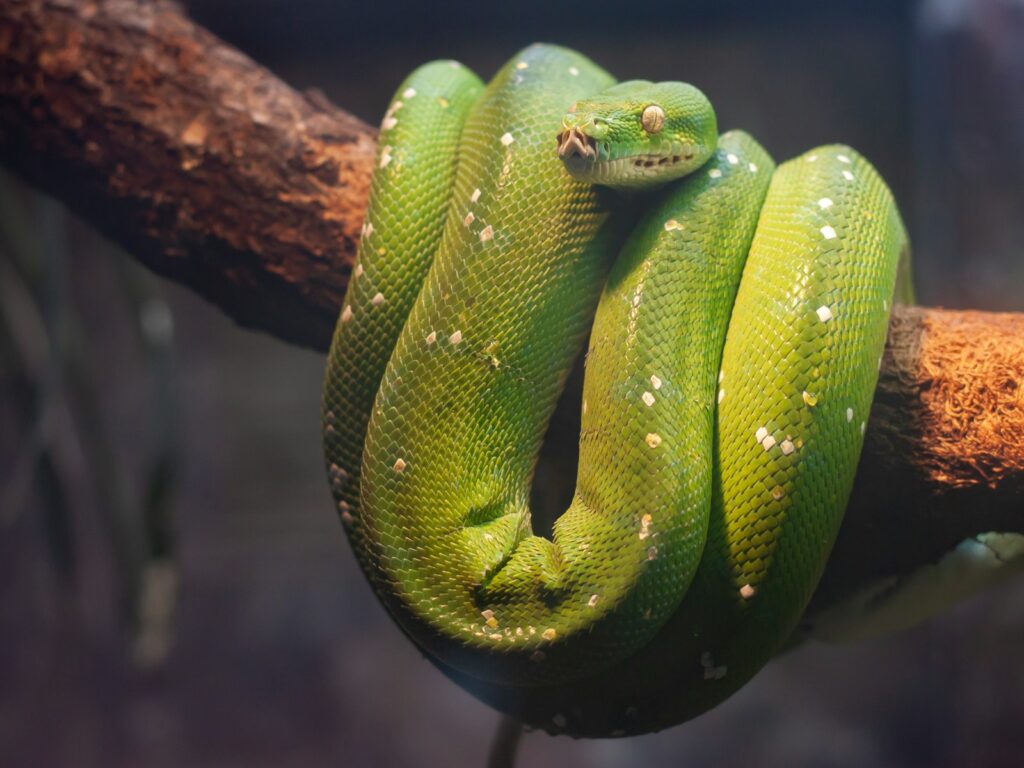
Dramatic temperament variations exist between snake species, making some far better candidates for regular handling than others. Ball pythons (Python regius) and corn snakes (Pantherophis guttatus) have earned reputations as “beginner-friendly” species precisely because of their generally calm dispositions and handling tolerance. Conversely, species like the green tree python (Morelia viridis) or king cobra (Ophiophagus hannah) typically remain high-strung regardless of captive breeding or individual acclimation. These inherent temperament differences aren’t just anecdotal—they represent genuine biological adaptations related to each species’ ecological niche. For example, arboreal species that rely on stealth and camouflage often display more nervous temperaments because their survival depends on remaining undetected, making human contact particularly stressful.
Captive-Bred vs. Wild-Caught Specimens

The origins of a snake significantly impact its tolerance for human interaction. Captive-bred specimens that have experienced human proximity from hatching typically demonstrate markedly better handling tolerance than their wild-caught counterparts. This difference occurs because wild-caught snakes have developed established fear responses toward large mammals (potential predators) that can be extremely difficult to overcome. Additionally, captive breeding over generations has inadvertently selected for individuals with calmer temperaments, as more aggressive snakes are less likely to be bred in captivity. Some species, like the ball python, have been captive-bred for dozens of generations, allowing breeders to specifically select individuals displaying docile traits, creating bloodlines known for exceptional handling tolerance.
The Critical Role of Early Handling
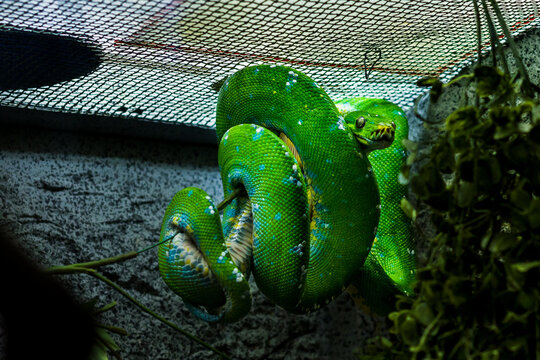
The timing of a snake’s first human interactions plays a crucial role in determining its long-term handling tolerance. Young snakes that receive appropriate, gentle handling during their developmental phase often become significantly more accustomed to human contact than those first handled as adults. This critical socialization period appears most effective when the snake has established feeding regularly but hasn’t yet reached sexual maturity. During this window, the reptile’s brain is still forming connections and establishing baseline responses to various stimuli. Handling during this period helps the snake categorize human contact as a non-threatening experience rather than a predatory encounter. Importantly, this early handling must be conducted properly—gentle, supportive handling that minimizes stress yields profoundly different results than frightening or painful experiences.
Individual Personality Variations
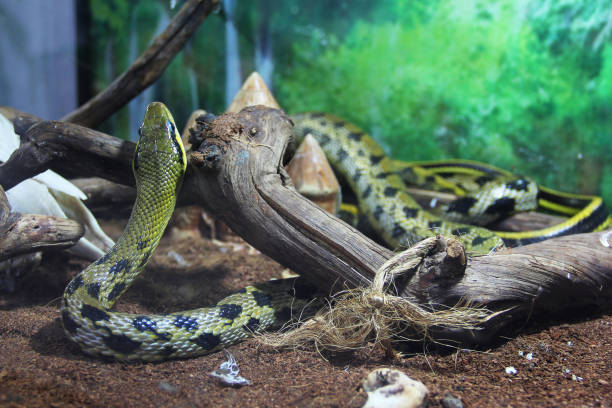
Even within the same species and clutch, individual snakes display remarkable personality differences that affect handling tolerance. Just as humans and other mammals show distinct personality traits, reptiles possess individual behavioral tendencies that persist throughout their lives. Some specimens demonstrate naturally bold or curious temperaments, approaching novel situations (including handling) with minimal stress, while clutchmates may remain perpetually shy and defensive despite identical raising conditions. These differences likely represent adaptive variations that would benefit a species in different environmental conditions. Experienced keepers often observe these personality differences early, noting which hatchlings remain calm during routine care and which display defensive behaviors, differences that frequently persist into adulthood regardless of handling frequency.
Size and Strength Considerations
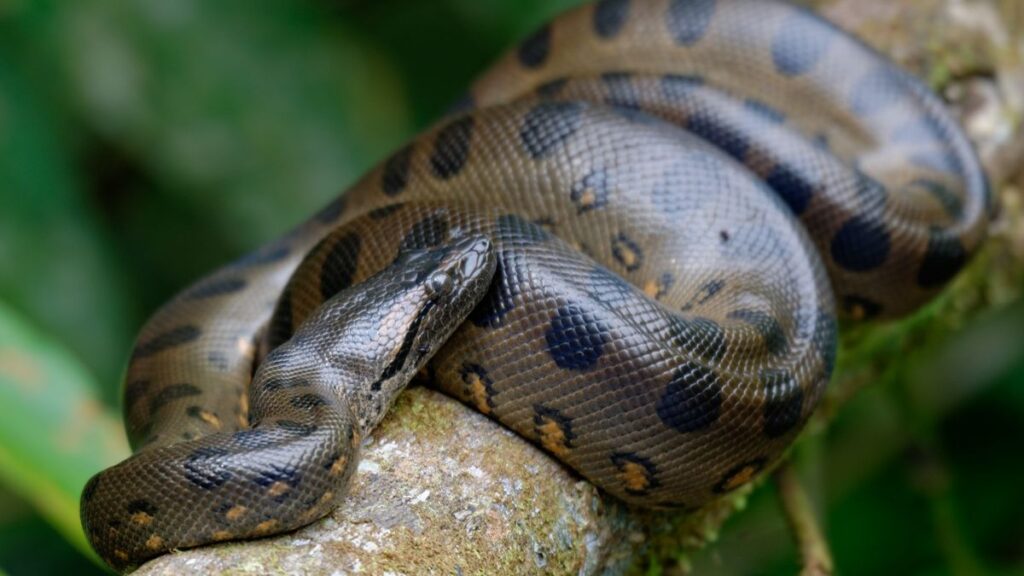
A snake’s physical dimensions significantly influence its handling dynamics and perceived temperament. Smaller species and juveniles generally tire more quickly during handling sessions, potentially appearing more docile simply because they lack the stamina to maintain defensive behaviors. Conversely, large-bodied constrictors possess tremendous muscular strength that can make handling challenging even when the snake isn’t behaviorally defensive. The physical requirements of safely supporting a large snake’s body can create handling difficulties that might be misinterpreted as temperament issues. Additionally, larger snakes often demonstrate greater confidence, with some species becoming more assertive as they grow, while others become more secure and less defensive with increased size.
Stress Response Systems
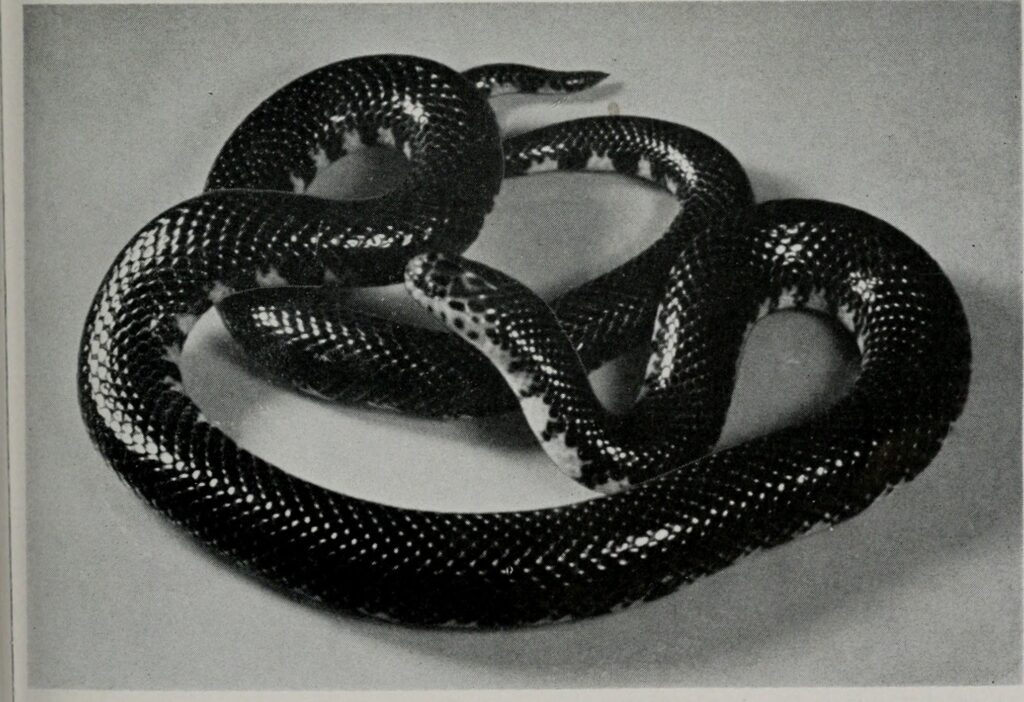
Snake species differ remarkably in their physiological stress responses, with direct implications for handling tolerance. Some species produce elevated stress hormones like corticosterone more readily than others when confronted with the same handling stimulus. These physiological differences mean that even when two different species display similar external behaviors during handling, one may be experiencing significantly more internal stress than the other. Higher stress hormone production correlates with compromised immune function, reduced appetite, and reproductive issues in captive reptiles. Certain species, particularly those from specialized habitats like highly arboreal or fossorial (burrowing) snakes, appear to maintain chronically elevated stress levels in captivity regardless of handling frequency, suggesting their care requirements may simply be incompatible with regular handling.
Defensive Strategy Differences
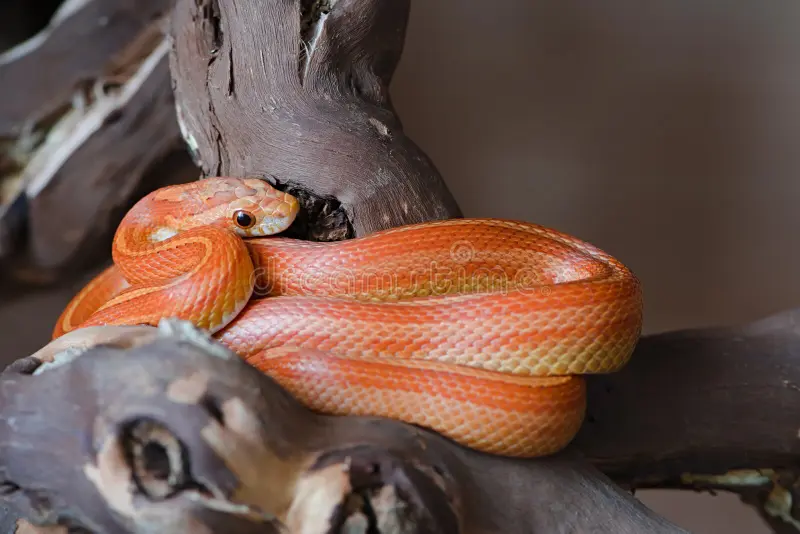
The natural defensive repertoires of different snake species directly influence their handling compatibility. Species that primarily rely on crypsis (camouflage) and remaining motionless as their primary defense, like many python species, often tolerate handling better than those evolved to flee or actively defend themselves. Snakes with specialized defensive behaviors such as musking (releasing foul-smelling secretions), mock striking with closed mouths, or elaborate threat displays like hood spreading in cobras have evolved energetically expensive defensive repertoires that indicate strong selection pressure against handling-like disturbances. Species with highly developed striking responses, particularly venomous species, have neurological systems specifically adapted for rapid defensive reactions that are difficult to modify through captive habituation. Understanding a species’ natural defensive strategy provides valuable insight into its potential handling tolerance.
Husbandry Factors and Environmental Security
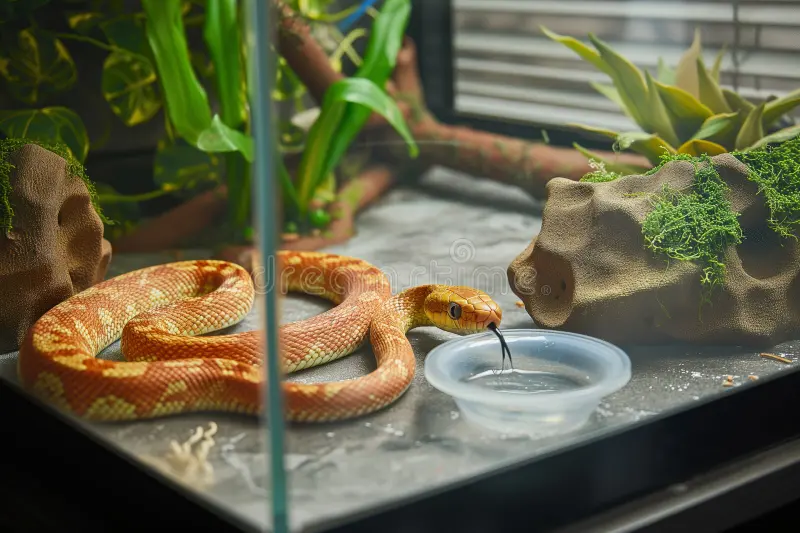
The quality of a snake’s captive environment profoundly affects its handling tolerance by establishing its baseline stress level. Snakes kept in appropriately sized enclosures with proper temperature gradients, adequate hiding spaces, and minimal disturbances demonstrate measurably lower stress hormone levels than those in suboptimal conditions. This lower baseline stress creates greater tolerance for the additional stress of handling. Security elements like snug hides, appropriate substrate depth for burrowing species, and visual barriers for shy species all contribute to a snake’s sense of security. Well-fed snakes with established feeding routines typically tolerate handling better than hungry individuals or those with irregular feeding schedules. Even factors like enclosure placement in low-traffic areas versus busy rooms can significantly impact a snake’s overall stress levels and, consequently, its handling tolerance.
Handling Techniques and Handler Experience

The handling method employed dramatically influences a snake’s tolerance regardless of species or individual temperament. Proper support techniques that respect the snake’s natural movement patterns and provide adequate body support create fundamentally different experiences than improper handling. Experienced handlers develop skills like recognizing subtle stress signals, providing appropriate body support, and maintaining confident, smooth movements that significantly reduce handling stress. The temperature difference between human hands and a snake’s preferred body temperature also impacts handling tolerance—handlers with naturally cooler hands often report better success with temperature-sensitive species. Additionally, experienced handlers typically extract snakes from enclosures more skillfully, minimizing the defensive response that frequently occurs during this vulnerable transition.
Feeding Response and Handling
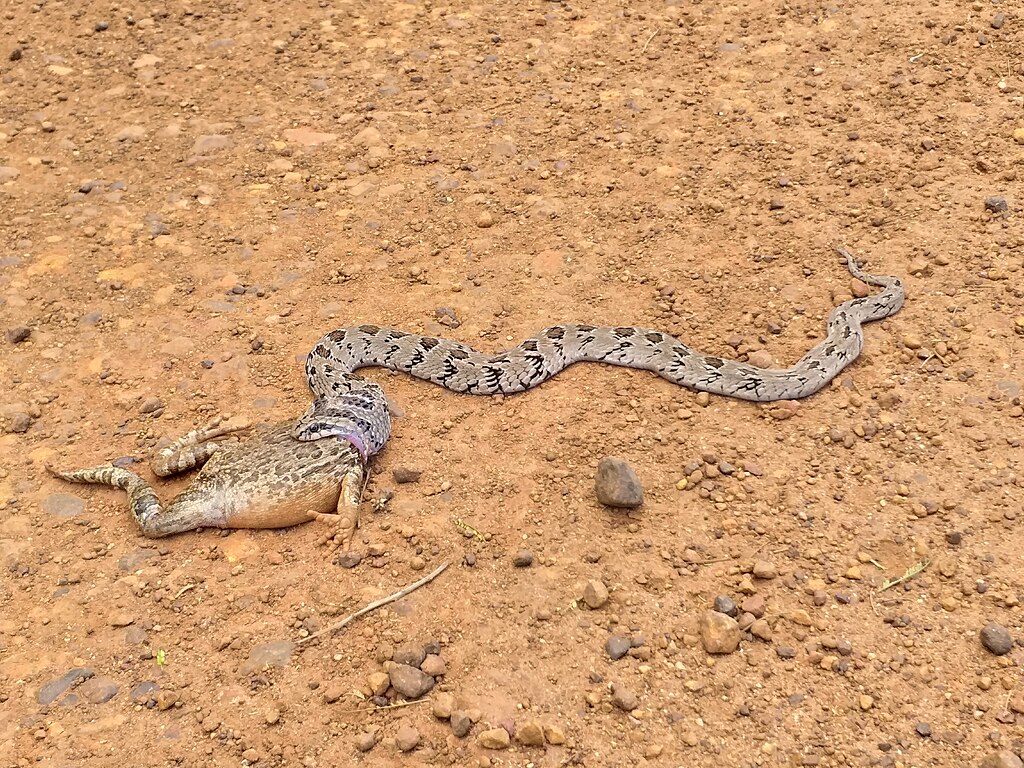
A snake’s natural feeding behaviors correlate strongly with its handling tolerance, particularly regarding how it distinguishes between food and non-food stimuli. Species with strong feeding responses and less discriminating prey recognition systems, like many boid and pythonid species, may occasionally misinterpret handling as a feeding opportunity, particularly if hand scents resemble prey odors. This feeding response can be mistaken for aggression when it actually represents normal predatory behavior. Conversely, species with highly specialized diets or precise prey recognition often display less food-related biting during handling. The handling tolerance of many species deteriorates significantly during pre-feeding periods when hunger increases alertness and response to movement. Understanding these feeding-related behavioral patterns helps handlers anticipate and mitigate potential handling difficulties.
Habituation and Learning Capacity
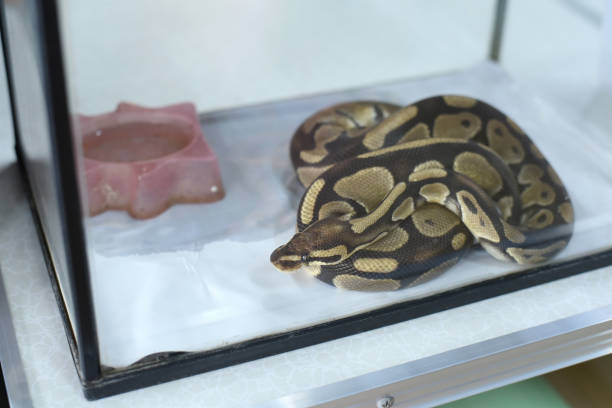
Snake species demonstrate remarkable differences in their capacity to habituate to regular handling through learning and memory formation. Contrary to outdated beliefs about reptilian intelligence, research confirms that many snake species possess sophisticated learning abilities, including recognizing regular handlers and distinguishing between threatening and non-threatening interactions. Species with larger brain-to-body ratios and more complex natural behaviors, like rat snakes (genus Pantherophis), often demonstrate superior habituation to handling compared to more specialized species. This learning capacity allows regular, positive handling experiences to gradually reduce defensive responses over time. However, some species appear neurologically “hardwired” with defensive responses that show minimal habituation despite years of consistent handling, suggesting fundamental differences in neural plasticity between taxonomic groups.
Breeding Season Behavioral Changes
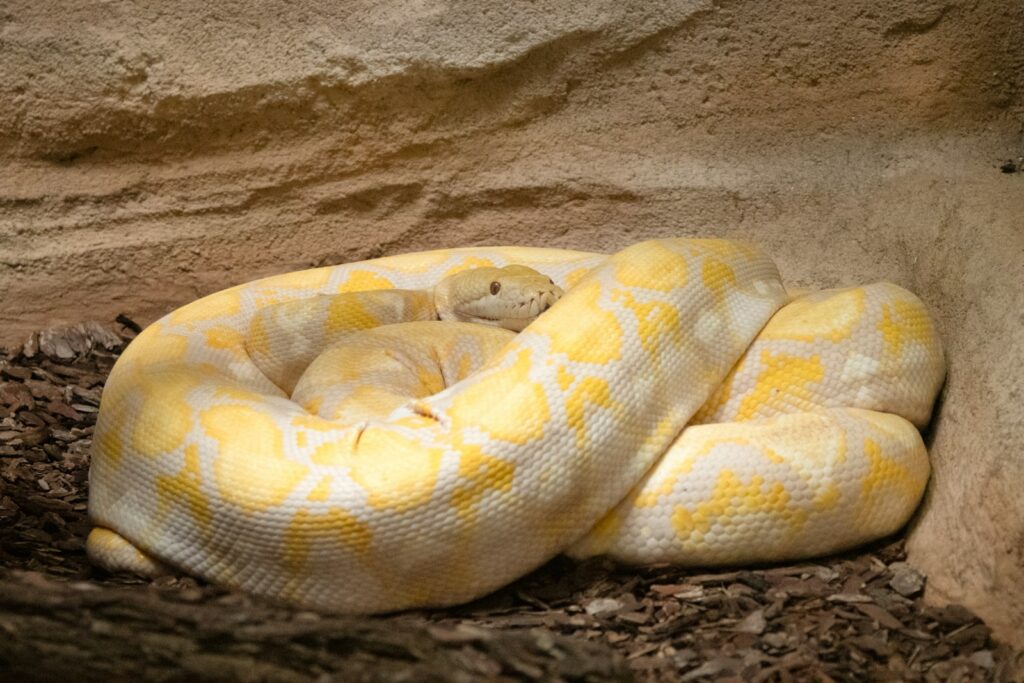
Reproductive hormones dramatically alter handling tolerance in many snake species, creating seasonal variations in temperament. Males of many species become significantly more active, irritable, and less handling-tolerant during breeding seasons as testosterone levels rise, promoting competitive and territorial behaviors. Female snakes often display increased defensive behaviors when gravid (pregnant), particularly as they approach parturition or egg-laying, representing an evolutionary adaptation to protect developing offspring. These hormonal influences create situations where typically docile individuals may temporarily display uncharacteristic defensive behaviors during reproductive periods. Understanding these cyclical changes helps keepers adjust handling expectations seasonally and recognize that temporary handling intolerance may represent normal biological processes rather than permanent temperament changes.
The variation in handling tolerance among snake species reflects the remarkable diversity of adaptations these animals have evolved over millions of years. Rather than viewing less handleable species as “difficult” or “aggressive,” responsible keepers recognize that these differences represent legitimate biological adaptations deserving respect. The most ethical approach to snake keeping acknowledges that while some species genuinely benefit from regular, appropriate handling as mental stimulation, others experience only stress from such interactions. By matching our handling expectations to each species’ natural temperament and individual personality, we create healthier relationships with these fascinating animals. The most successful snake keepers learn to appreciate each species on its own terms, finding satisfaction in observing natural behaviors rather than imposing handling expectations that may contradict the animal’s evolutionary design.

